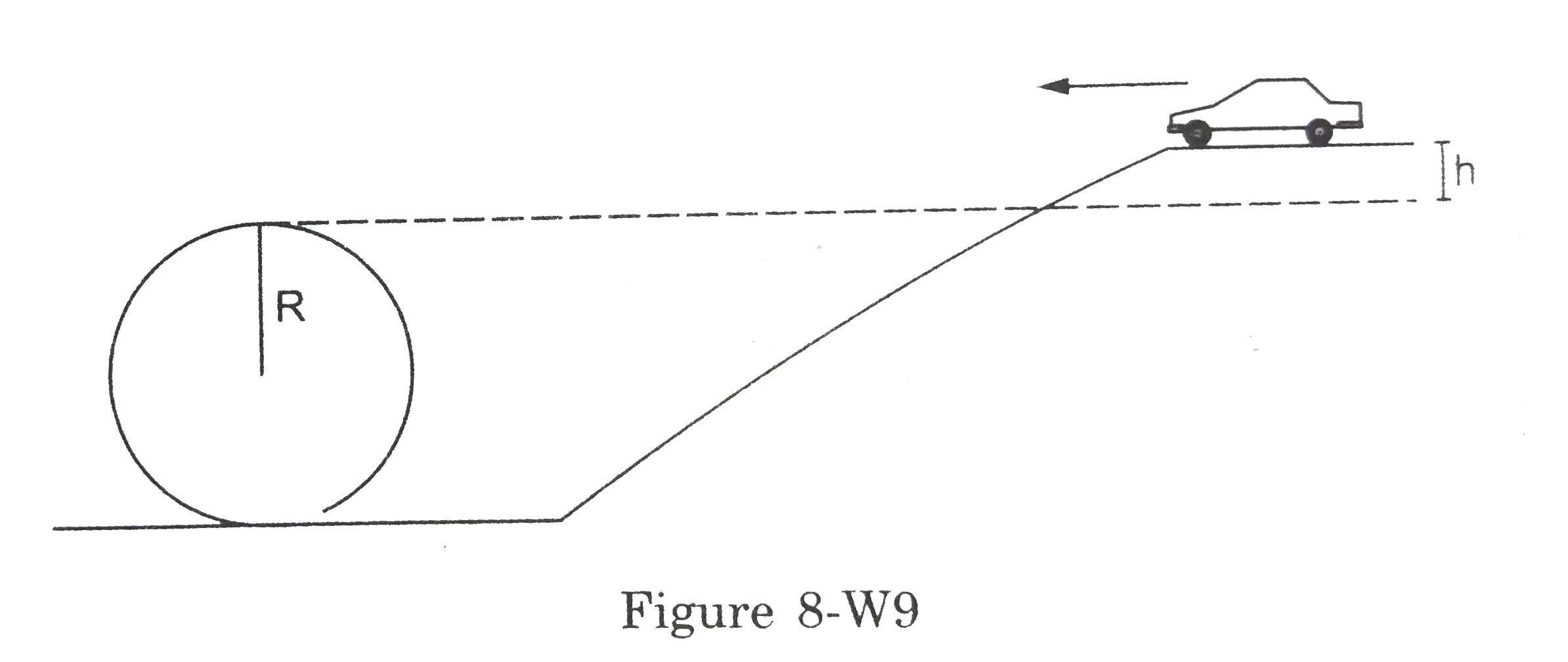higher order thinking skills from PRADEEP PHYSICS Chapter 12 WORK, ENERGY AND POWER for Class 11
| Class 11 | PHYSICS |
| Chapter | WORK, ENERGY AND POWER |
| PRADEEP PHYSICS | higher order thinking skills |
| Medium | English |
| Academic Year | 2023-2024 |
Question 1
Two balls A and B of masses 0.3 kg and 0.2 kg respectively are moving along positive X-axis and negaive X-axis with velocities 2.0 m / s. They collide and thereafter move in the directions opposite to their original directions. Find the velocities of A and B after collision. Also, calculate total K.E. of the ball before and after collision. View SolutionQuestion 3
An object of mass 5 kg is projecte with a velocity of 20ms−1 at an angle of 60∘ to the horizontal. At the highest point of its path , the projectile explodes and breaks up into two fragments of masses 1kg and 4 kg. The fragments separate horizontally after the explosion, which releases internal energy such that K.E. of the system at the highest point is doubled. Calculate the separation betweent the two fragments when they reach the ground. View SolutionQuestion 4
Figure, shows the transverse section of a hill. A ball of mass 0.5 kg is given a K.E. of 300J at A and rolls down to C. Assuming that there is no friction, calculate
(i) K.E. of ball at B
(ii) P.E. of ball at C, taking P.E. at A equal to zero
(iii) speed of the ball at C, and
(iv) change is P.E. in going from B to C . Take g=10m/s2
 View Solution
View SolutionQuestion 5
A 100 metric ton engine is moving up a slope of gradient 5∘ at a speed of 100 metre/ hour. The coefficient of friction between the engine and the rails is 0.1. If engine has an efficiency of 4% for converting heat into work, find the amount of coal the engine has to burn in one hour. Burning of 1 kg coal yields 50000J. View SolutionQuestion 10
A soild ball of density half that of water falls freely under gravity from a height of 19.6 m and then enters water. Upto what depth will the ball go. How much time will it take to come again to the water surface? Neglect air resistandce and viscosity effects in water. (Take g=9.8m/S2).View Solution
All Exercises from PRADEEP PHYSICS Class 11 PHYSICS WORK, ENERGY AND POWER
- Additional Exercises
- Advanced Problems For Competitions
- Assertion-Reason Type Questions
- Comprehension
- Conceptual Problems
- Curiosity questions
- Fill in the blanks
- Integer Type Questions
- JEE (Main and Advanced)
- Long Answer Question
- Multiple choice question
- NCERT EXERCISES WITH SOLUTIONS
- NCERT( Multiple choide questions-1)
- Problems For Practice
- SAMPLE PROBLEM
- Short Answer Question
- Very Short Anwer Question.
- higher order thinking skills
- solved examples
- value Based Question

